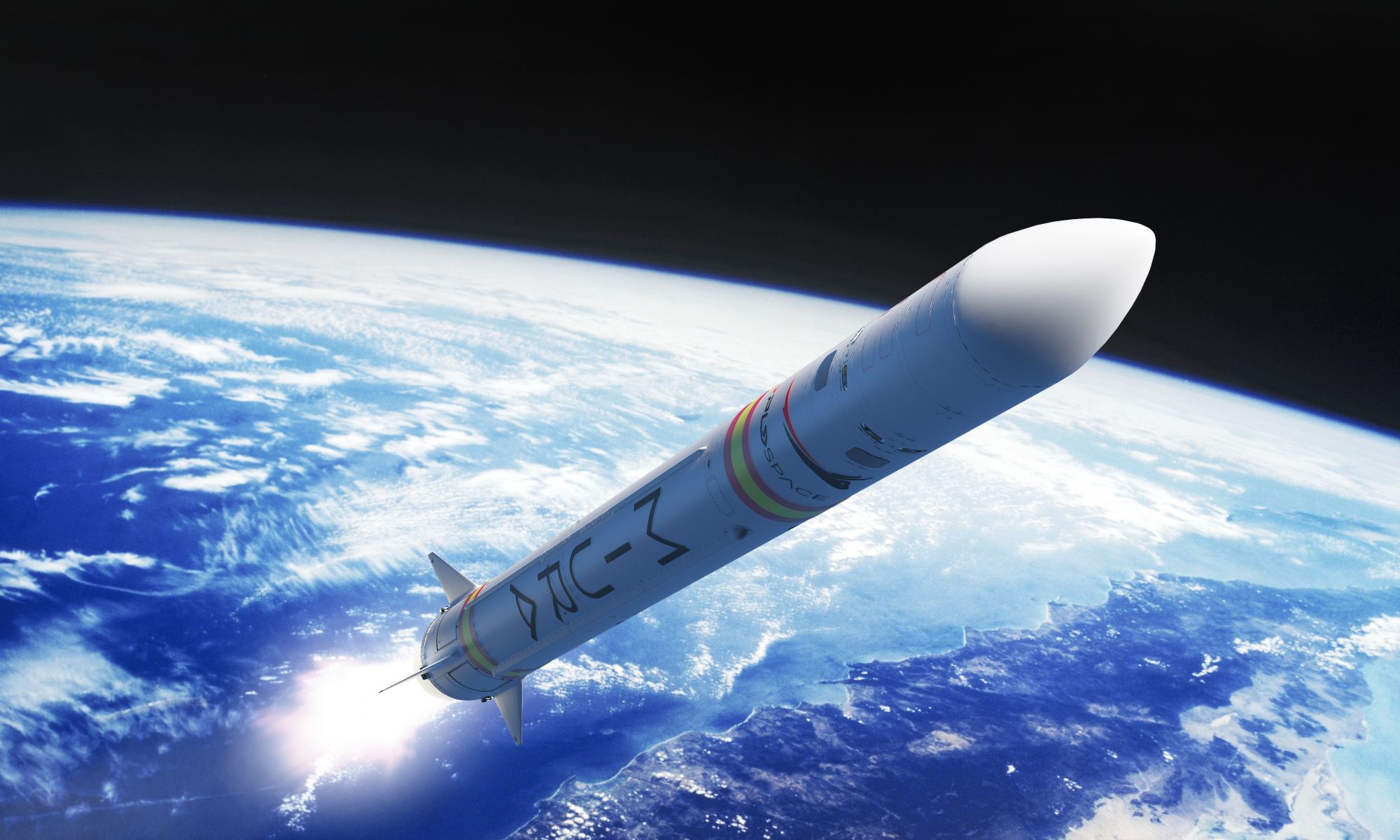PLD Space could launch its suborbital Miura-1 rocket this month.
Update: Game on… PLD Space has announced that they will attempt to launch Miura-1 tonight. The live webcast starts on June 17th (Saturday local time) at 1:00 AM Central European Time (11:00 PM Friday night on June 16th Universal Time, and 7:00 PM Eastern Daylight Saving Time), and the eight hour launch window begins at 2:00 AM CET/00:00UT/8:00 PM EDT.
A small space startup with big ambitions may be joining the private spaceflight club soon. This summer, Elche Spain-based PLD Space is set to carry out the first test launch of their single stage, suborbital Miura-1 rocket.
The Miura-1 rocket was formerly named Arion-1. The liquid fuel rocket uses a liquid oxygen oxidizer and aviation-grade kerosene for fuel. Miura-1 will launch from Médano del Loro on the Atlantic Coast of Spain. The site is very near the city of Huelva, at the El Arenosillo test site for Spain’s National Institute for Aerospace Technology (INTA).

The May 31st launch attempt was scrubbed due to upper level winds at the site. The first launch attempt was carried live, and the next attempt could come as soon as the end of June.
“We plan to launch in the following days/weeks, weather permitting.” Francesc Casas (PLD Space) told Universe Today. We will not be able to know when we launch until 24 hours prior.”
Co-founded in 2012 by CEOs Raúl Torres and Raúl Verdú, PLD Space’s goal is to create Europe’s first micro-launch service capable of placing small payloads in orbit. PLD Space’s Miura series also represents Spain’s first privately developed rocket.

PLD Space’s Miura-1 will become the first reusable rocket for Europe. The team plans to pluck the entire 12.7 by 0.7 meter assembly from the Atlantic Ocean via helicopter shortly after launch. The first helicopter retrieval tests on April 11th, 2019 were successful. The team also carried out a successful 122-second test of its TEPREL-B engine in February 2020. The engine is named after the program financing its development based in Teruel, Spain.
Spain’s Space Ambitions
Small suborbital launches at the El Arenosillo site go all the way back to 1966, including a launch of a Black Brant IV rocket on June 27th, 1976 with the ASTRO-6 ultraviolet astronomy mission. Another space startup, Zero2Infinity wants to do orbital launches of its balloon-based Bloostar rocket from the site in the coming decade. Also, the El Arenosillo site hosts a station for the BOOTES (the Burst Observer Optical Transient Exploring System) gamma-ray burst detector network on the site.
Originally envisioned as a two stage rocket, Miura-1 is a single stage sub-orbital rocket. The system is capable of lofting 100 kilogram payloads to an apogee of 150 kilometers.
PLD Space plans to launch Miura-1 twice, mainly as a test for the TEPREL-B engine. The company will then move on to the development of the larger orbital Miura-5 rocket. A third Miura-1 flight test is possible, if the team deems it necessary based on flight data from the first two missions. Miura-5 will be a two stage rocket, launching from ESA’s Kourou Space Centre in French Guiana by late 2024. The rocket will employ five TEPREL-C engines in the first stage, and one TEPREL-C in the second stage. Miura-5 will feature a partially recoverable configuration, with a reusable first stage.

The Miura-5 Rocket and the Path to Orbit
The larger Miura-5 rocket will be capable of lofting 900 kilogram payloads to low-Earth Orbit (LEO), and boast a 450 kilogram lift capacity to a polar Sun-Synchronous SSO orbit. Eventually, a third booster kickstage for reaching higher orbits could be incorporated into the Miura-5 launch system.
“This first suborbital flight is a turning point for the the development of the Miura-5 microsatellite launcher,” says Casas, noting that the “plan will progressively increase to 10 to 12 launches per year by the end of the decade.”
The upcoming launch of Miura-1 features a micro-gravity research payload. This was provided by Germany’s Center of Applied Space Technology based at the University of Bremen. There are also numerous ‘secret’ payloads on board, which won’t be revealed until launch.
Miura-1 will also deploy a unique T-0 engine ignition, prior to liftoff a few seconds later. This reminiscent of a much larger rocket, ESA’s Ariane-5. The rocket will have a comparable launch capability similar to Firefly’s Alpha or Rocket Lab’s Electron rocket. This ability is crucial, as European Space Agency (ESA) and the European Union (EU) only has two capable rockets in the inventory, the Ariane-5 and Vega rockets. The first launch of the massive Ariane-6 is set for possibly late this year.
PLD Space plans to begin commercial launch service in 2025, and plans to reach a cadence of up to a dozen flights a year by 2028.
We’ll note when a new T-0 date for launch is set, and when the live webcast turns up. It will be exciting to see PLD Space lead the way, as part of a new international batch of space startups.

